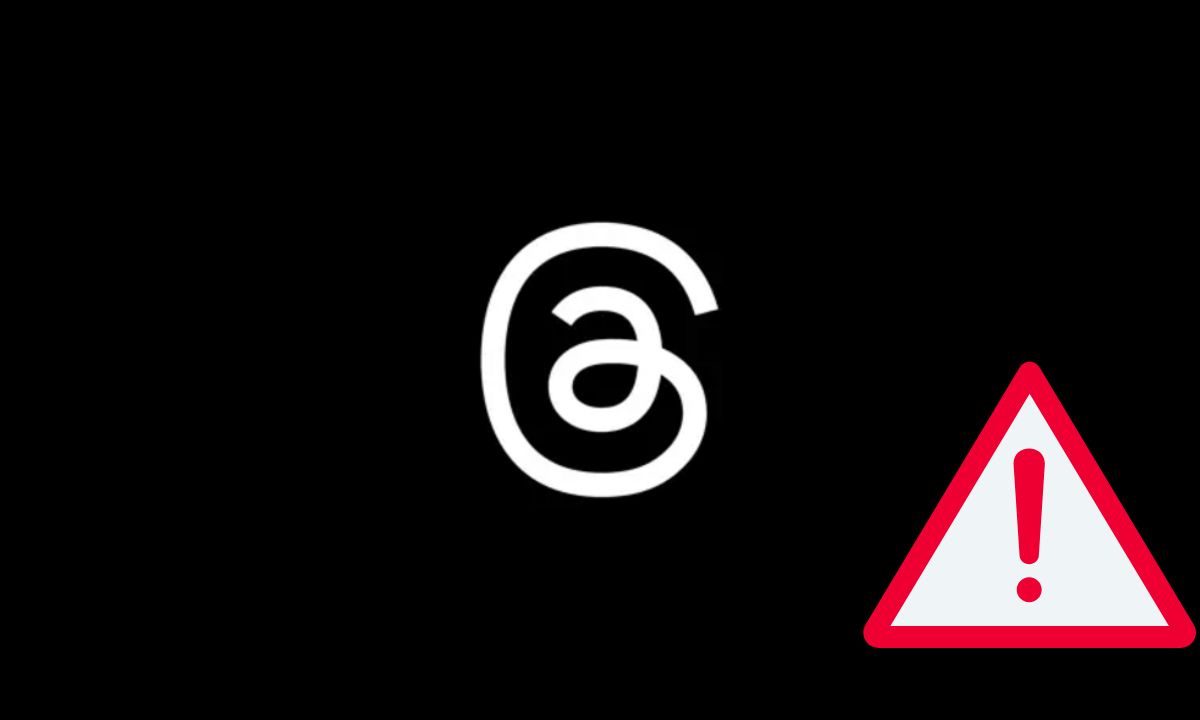The U.K.’s internet safety regulator, Ofcom, has introduced new draft guidance aimed at helping companies meet legal obligations under the Online Safety Act (OSA) to protect women and girls from online harms, such as harassment, bullying, misogyny, and intimate image abuse. The government has identified safeguarding women and girls as a top priority in the rollout of the OSA, which explicitly targets forms of misogynistic abuse, including sharing intimate images without consent and creating deepfake porn.
While the legislation, passed by Parliament in September 2023, has faced criticism for its slow implementation and doubts about its ability to hold large platforms accountable, Ofcom is moving forward with the enforcement of core duties related to illegal content and child protection. These measures will take effect next month, with the full compliance guidance likely to become enforceable by 2027.
The new draft guidance on keeping women and girls safe online builds on earlier Ofcom guidelines addressing illegal content. In December 2023, Ofcom finalized guidance for platforms on reducing risks related to illegal content, with an emphasis on child protection. Ofcom has also previously published a Children’s Safety Code to help online services ensure that minors are shielded from inappropriate content, including pornography.
In the latest guidance, Ofcom focuses on four main areas where women are disproportionately affected by online harm: online misogyny, harassment, domestic abuse, and intimate image abuse. The guidance stresses the importance of a “safety by design” approach, urging platforms to consider user safety in product design from the outset.
Jessica Smith, who led the development of the new guidance, pointed to the rise of AI-generated deepfake intimate image abuse as a prime example of how technology companies could have taken proactive steps to prevent harm, but often failed to do so. She encourages tech firms to incorporate safety features, such as removing geolocation data by default, conducting abuse risk testing, and improving account security.
While Ofcom highlights these safety measures, it acknowledges that different platforms will need to tailor their approach based on the type of service they provide. Smith noted that there is still much work to be done across the industry, with no platforms currently fully meeting the guidance’s standards.
The guidance also introduces measures to combat intimate image abuse, including the use of hash matching technology to identify and remove abusive images. This move comes in response to the sharp rise in deepfake intimate image abuse in 2023. Ofcom is pushing platforms to take these steps even before the enforcement of the law begins.
In response to criticisms that the OSA is taking too long to implement, Smith defended the consultation process, emphasizing the importance of gathering feedback from stakeholders. She indicated that, starting next month, Ofcom will shift its focus to enforcing core duties and driving platform compliance. Ofcom will also use its transparency powers to hold platforms accountable, releasing reports on which companies are following the guidance and how they are protecting women and girls.
The draft guidance is open for consultation until May 23, 2025, with final guidance expected by the end of this year. Ofcom plans to produce its first report reviewing industry practices by mid-2027. Smith expressed confidence that the conversation surrounding online safety will shift as the law begins to take effect, with platforms under increasing pressure to reduce online harms.




